Contemporary design is a transformative force, more than just aesthetics; it is a dialogue, memory, and intention. Every space we create has the power to carry invisible echoes of past eras, be it the rhythm of a baroque façade, the softness of antique velvet, or the geometry that guided architects centuries ago. Reinterpreting classic styles is not about reproducing but about redefining, transforming tradition into a living, current, and meaningful language.
Today, true luxury lies in the ability to balance contrasts: tradition and modernity, history and innovation, noble materials and minimalist lines. It is in this space of balance that quiet sophistication is born, where every choice (from furniture to lighting, from textiles to sculpture) tells a story and creates an experience.
In this article, we will explore how design professionals can unite past and present, creating eclectic and sophisticated interiors. We aim to reveal techniques, principles, and examples that demonstrate how the fusion of classic and contemporary styles transforms spaces, making them simultaneously functional, emotional, and enduring. Throughout the text, pieces inspired by ALMA de LUCE's creations emerge naturally as narrative anchors, punctuating the journey between tradition and innovation.
Every line, colour, and texture carries echoes of past civilisations. From the geometric rigour of the Renaissance to the delicacy of Art Deco, from the minimalist serenity of Japan to the warmth of the Mediterranean, each classic style offers implicit rules: proportion, rhythm, harmony, and function. Understanding these rules allows contemporary designers to respect the historical essence without falling into mere reproduction.
“Classicism is about remembering instead of forgetting. I’m interested in making the old new and seeing what is modern in historical things.”
Thomas O’Brien, American interior designer
Reinterpreting the classic is an exercise in synthesis. A baroque frame can become a minimalist panel, maintaining its original proportions. A traditional tile pattern can inspire modern textures in textiles or coverings. An antique sculpture can be reimagined as a functional element, such as a table base or decorative support.
Aesthetic heritage isn't just formal: it's also ethical. Respecting traditional techniques, working with fine materials, and valuing craftsmanship are gestures of cultural preservation. Pieces inspired by ancestral traditions, such as a table or sideboard with reinterpreted handcrafted details, transform spaces into bridges between past and present, adding depth and meaning.
Furthermore, observing aesthetic heritage strengthens awareness of sustainability in design. Each project contributes to cultural and environmental continuity by valuing durable materials and artisanal processes, resulting in interiors that endure over time.
In practice, design professionals can explore aesthetic heritage through:
Classical proportions: applying the golden ratio or rules of symmetry and asymmetry to furniture arrangement or wall divisions.
Historical motifs and patterns: reinterpreting reliefs, mouldings, tiles, or tesserae in contemporary versions.
Materials with history: wood, marble, metals with natural patina, and traditional textiles that interact with modern solutions.
Sensory narrative: combining history and modernity in tactile, visual, and lighting experiences, reinforcing the presence of each piece in the space.
The result is an interior that breathes history without remaining trapped in the past, where tradition and modernity coexist naturally. Classical aesthetics cease to be a static reference and become a living inspiration, fuelling contemporary creativity and offering designers tools to create unique, sophisticated, and soulful spaces.
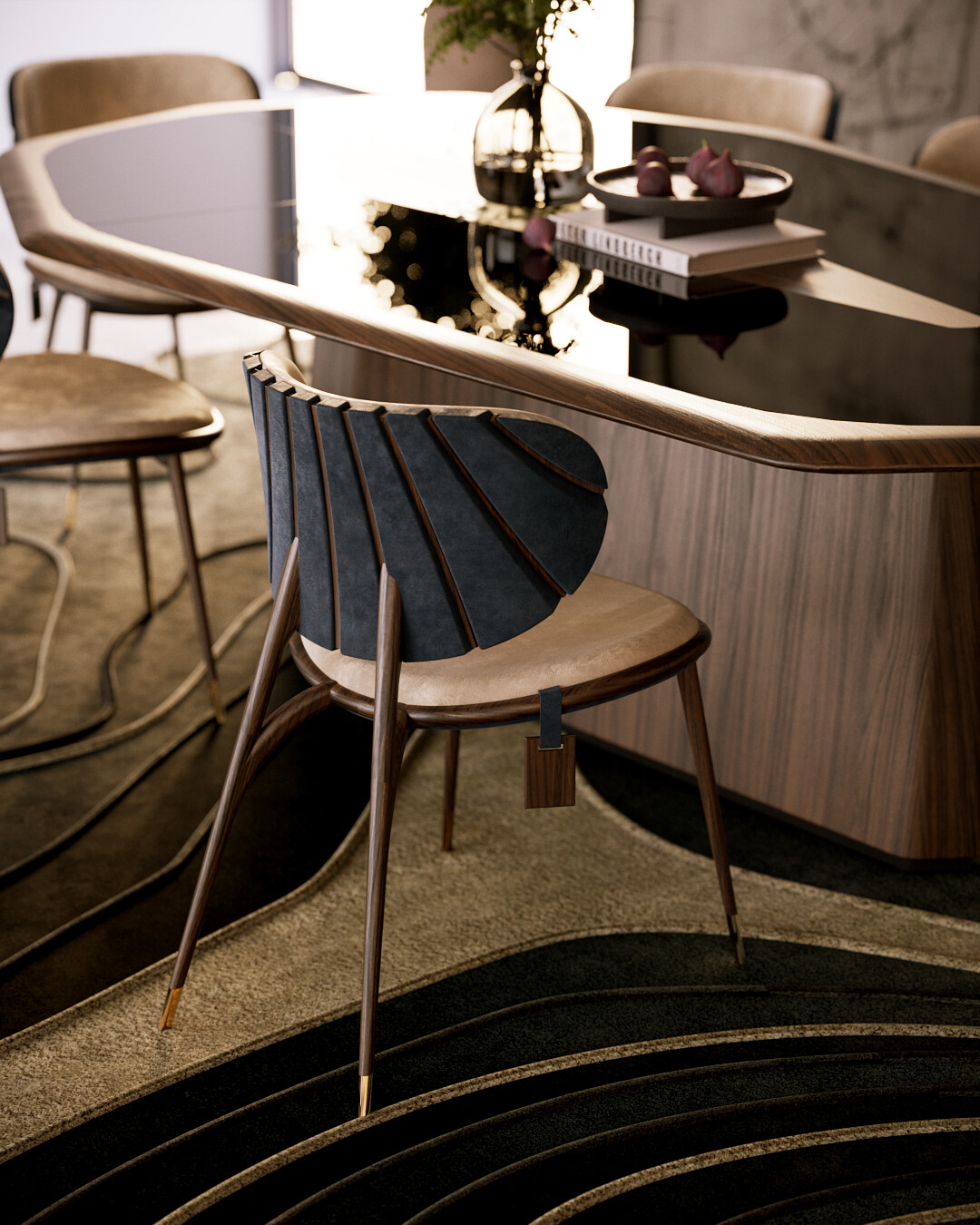
Balancing tradition and innovation is a delicate exercise. It's not about randomly blending styles but about creating a dialogue between languages until they perceive themselves as one. It's through this fusion that contemporary classic design gains sophistication and depth.
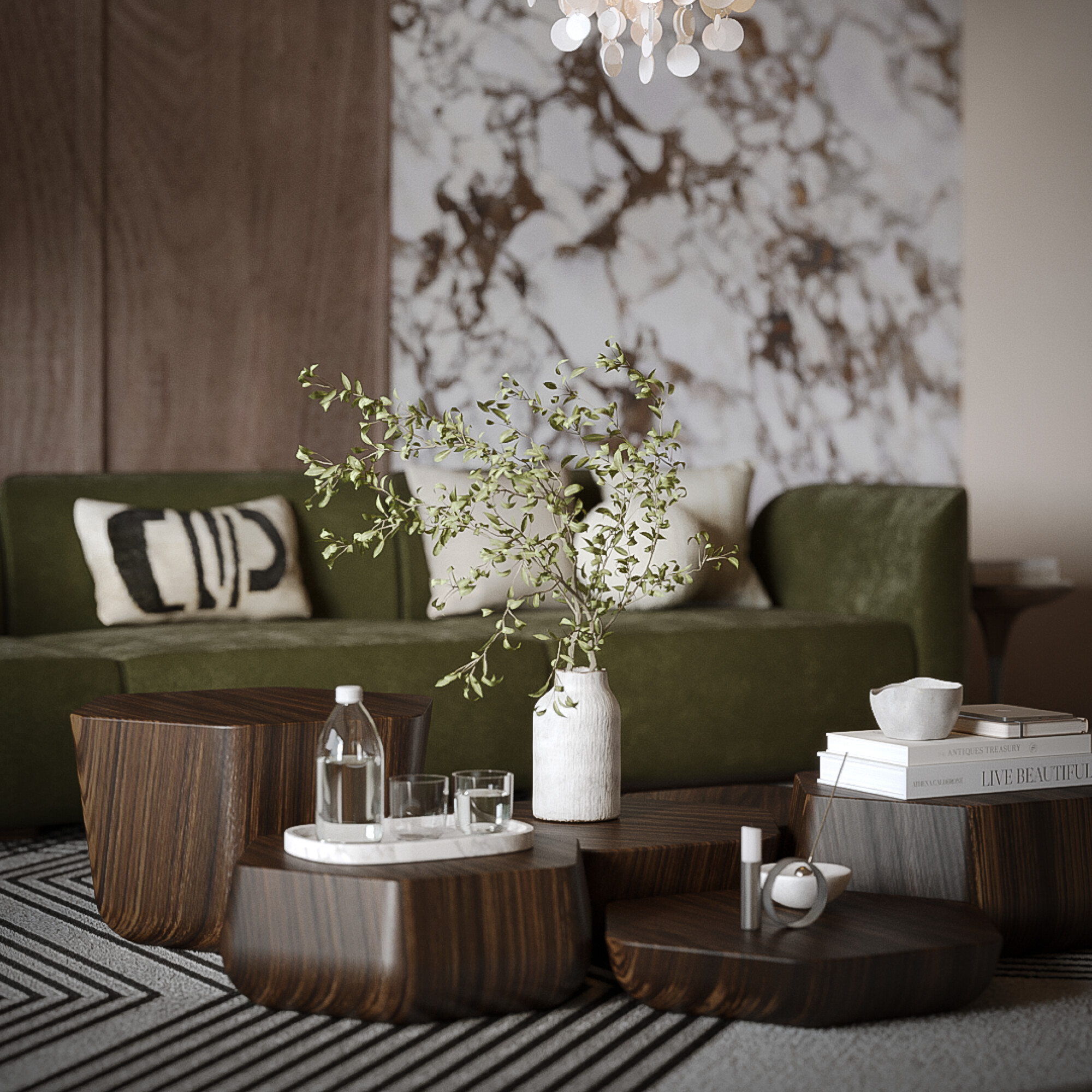
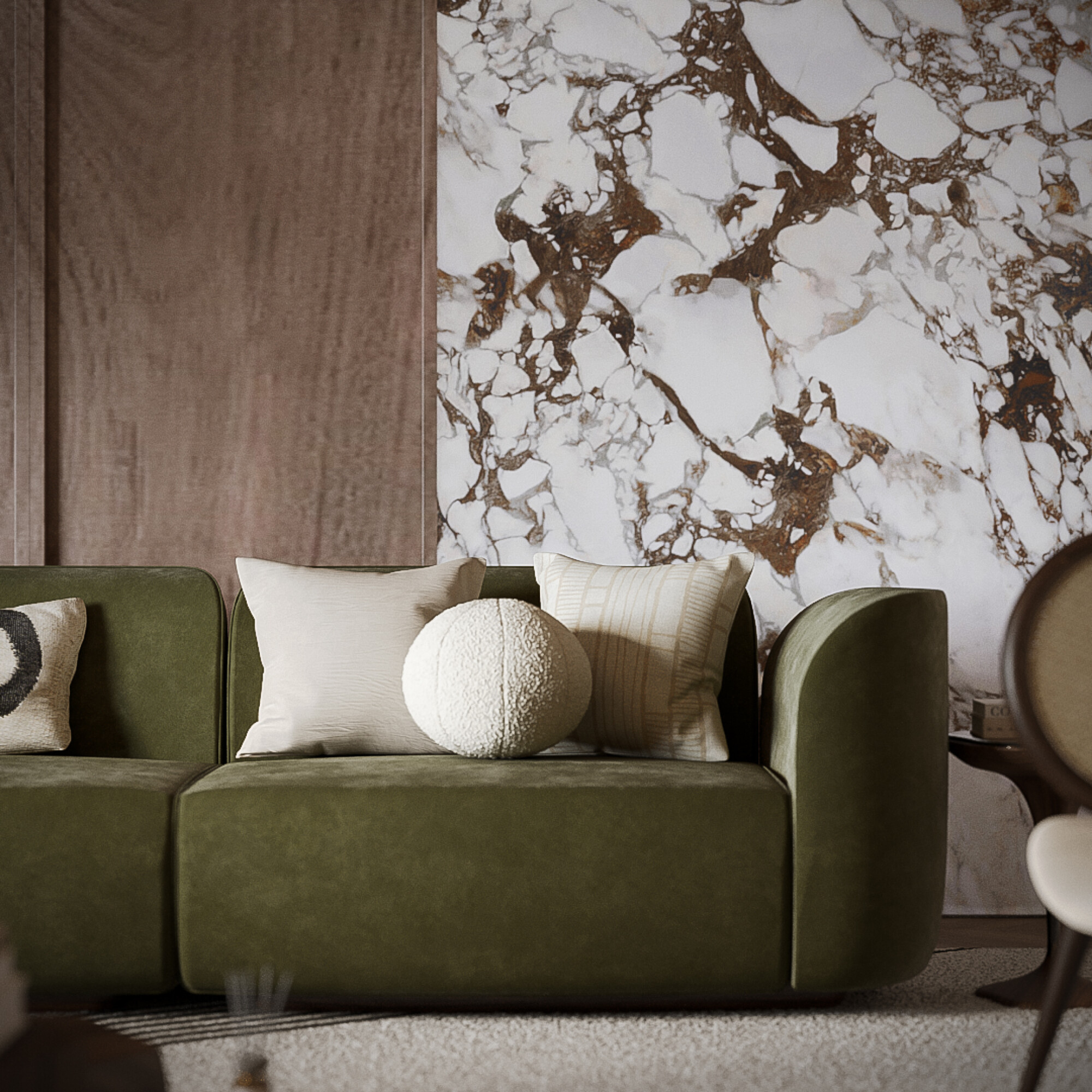
Proportion is the basis of timeless harmony. The rules that guided Renaissance architects and 19th-century designers continue to inspire contemporary projects.
In the current design, these proportions help define visual rhythm even in minimalist spaces:
A wall divided into three equal sections or a piece of furniture whose width respects the ceiling height creates balance.
A carved wood panel can be simplified into straight lines, maintaining the classic relationship between height and width.
The result is a space that exudes order and elegance, even when the language is modern.
The fusion of textures is at the heart of the sensory experience in interiors. Classic materials (aged wood, marble, velvet, and patinated metals) work in dialogue with glass, steel, or polished surfaces. Some effective combinations:
Polished marble + rustic wood = warm sophistication.
Natural textiles + smooth glass = contrast between softness and firmness.
Brushed metals + aged stone = balance between strength and delicacy.
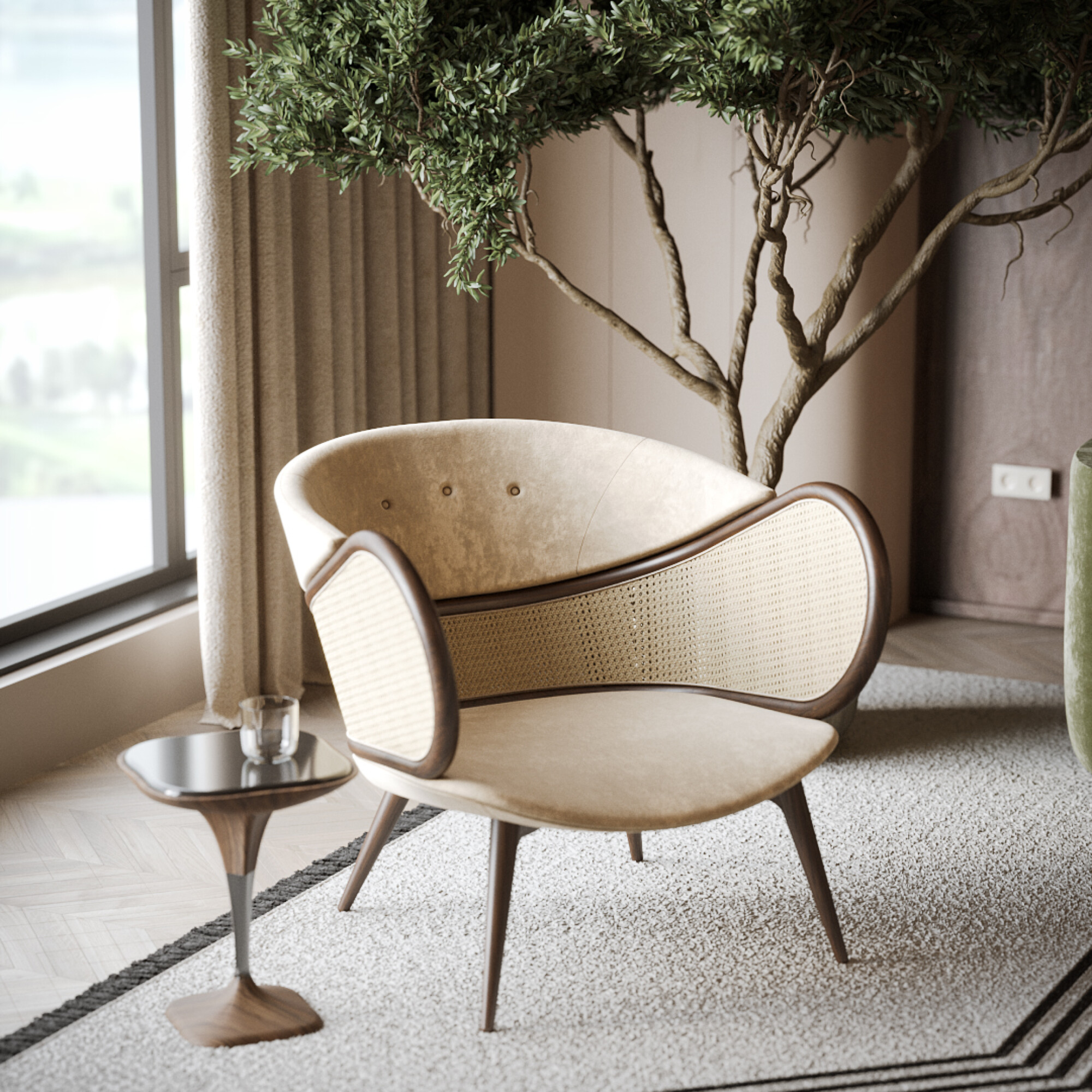
The colour palette is an invisible link between eras. Neutral tones like warm whites, beiges, and soft greys serve as a connecting base, while deep hues like teal, Wine Red, or forest green create depth and elegance.
Light plays an equally crucial role:
Natural light enhances and softens the interaction between materials and colours.
Artificial light highlights textures, creates focal points, and reinforces the classic-contemporary contrast.
This balance transforms any space into a sensory experience, reinforcing the harmony between tradition and modernity.
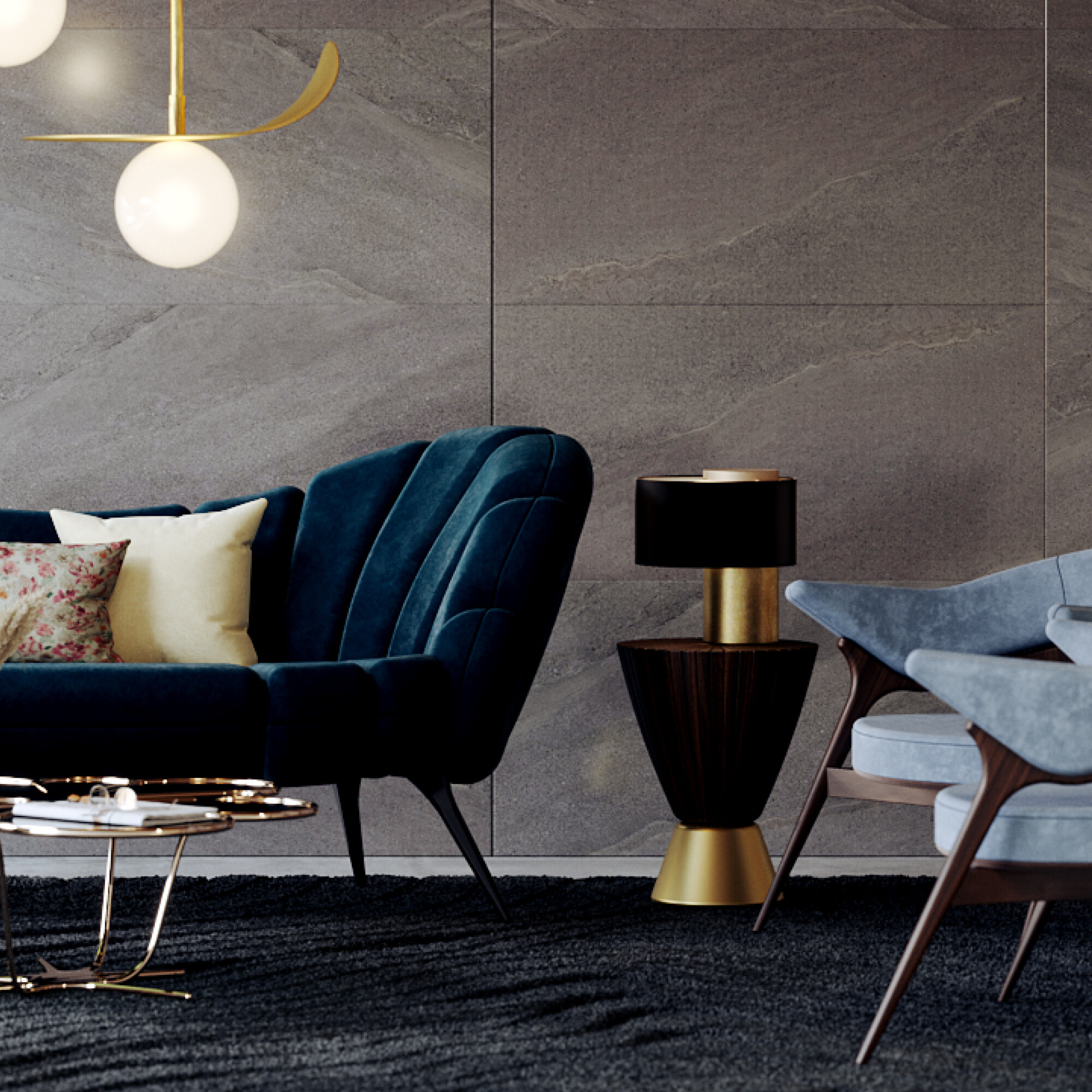
Handcrafted detail is the human gesture that gives soul to a space. Manual techniques such as carving, inlay, or relief create surprise and depth when applied in contemporary contexts.
A hand-carved lampshade sits on a table with straight lines.
A decorative panel inspired by tiles, reinterpreted in a minimalist version.
A sideboard like Darvaza from ALMA de LUCE balances modernity and tradition.
These elements serve as narrative points, transforming eclectic interiors into memorable spaces.
“Eclectic style is about mixing elements from different periods and styles to create something that is uniquely yours.”
Miles Redd, American interior designer
Eclecticism, when applied well, is the new sophistication. It's not about randomly mixing styles but about creating harmonious dialogues between past and present, tradition and innovation. An eclectic interior is carefully thought out, where each piece, colour, and texture fulfils an aesthetic and emotional purpose.
Imagine a reading room. Contemporary furniture coexists with the warmth of aged wood and the softness of tapestries inspired by classic patterns. The Atacama Sideboard, with its American walnut frame and gold metal details, serves as a focal point, evoking the serenity and strength of the desert. The piece acts as a bridge between eras, balancing tradition and modernity and reinforcing the space's narrative. The sensation experienced is not only visual but also tactile and emotional: every detail invites contemplation.
In a minimalist suite, straight lines dominate, but historical memory subtly appears in the discreet moldings and textured textile patterns. The combination of contemporary furniture with elements inspired by tradition creates a serene and sophisticated balance, where modernity doesn't erase history, but rather enhances it.
In a social space with a striking architectural character, ample volumes and neutral tones predominate. The Adamastor dining table, with its fluid and elegant American walnut base and glossy black lacquered top, serves as a central element, lending presence without dominating the space. Inspired by the shape of a caravel, the table evokes the courage and audacity of Portuguese explorers. Sophistication arises from the coherent contrasts among materials, shapes, and colours, revealing that eclectic design is fundamentally a story told with intention.
In these examples, the common denominator is narrative coherence. Every element has meaning; every detail contributes to the sensory experience of the space. Eclecticism ceases to be synonymous with chaos or excess and becomes an expression of aesthetic intelligence, capable of moving and inspiring.
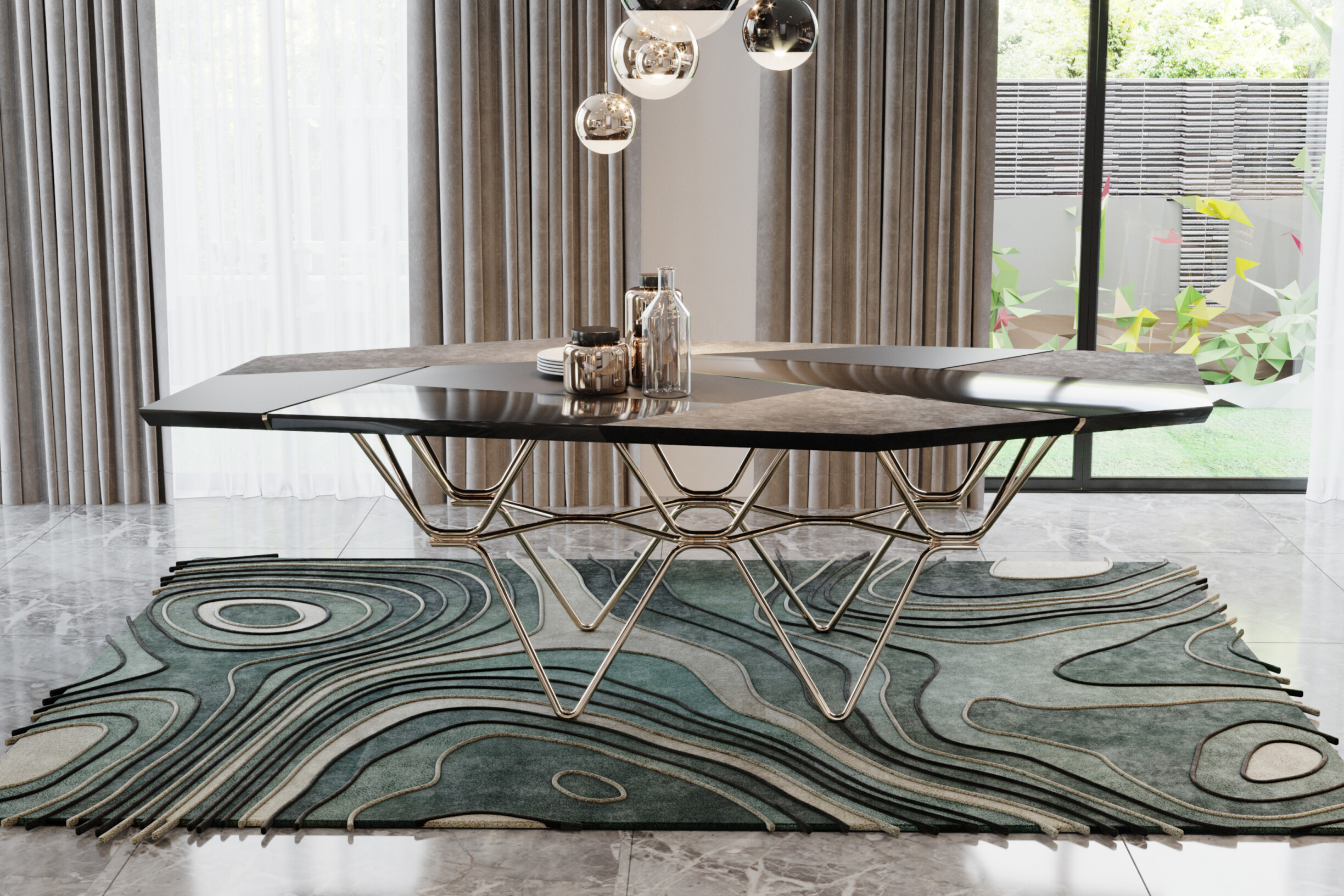
To create sophisticated interiors that bridge the past and present, design professionals can follow these practices:
Identify the essence of the space: assess whether the energy is predominantly classic, contemporary, or hybrid.
Choose durable materials with a history: fine wood, marble, patinated metals, or handcrafted textiles.
Harmonise the colour palette: neutral colours as a base and deep tones as focal points.
Highlight artisanal details: carvings, reliefs, inlays, or handmade finishes.
Intentionally introduce contrast: a sculptural or technological piece can create balance and surprise.
Respect visual silence: emptiness communicates and creates rhythm.
Explore sensory layers: light, texture, and sound should be integrated for a complete experience.
Tell stories with each element: each piece should have meaning, whether historical, emotional, or aesthetic.
This checklist helps transform eclectic spaces into coherent, sophisticated, and soulful interiors, where every choice is meaningful and strategic.
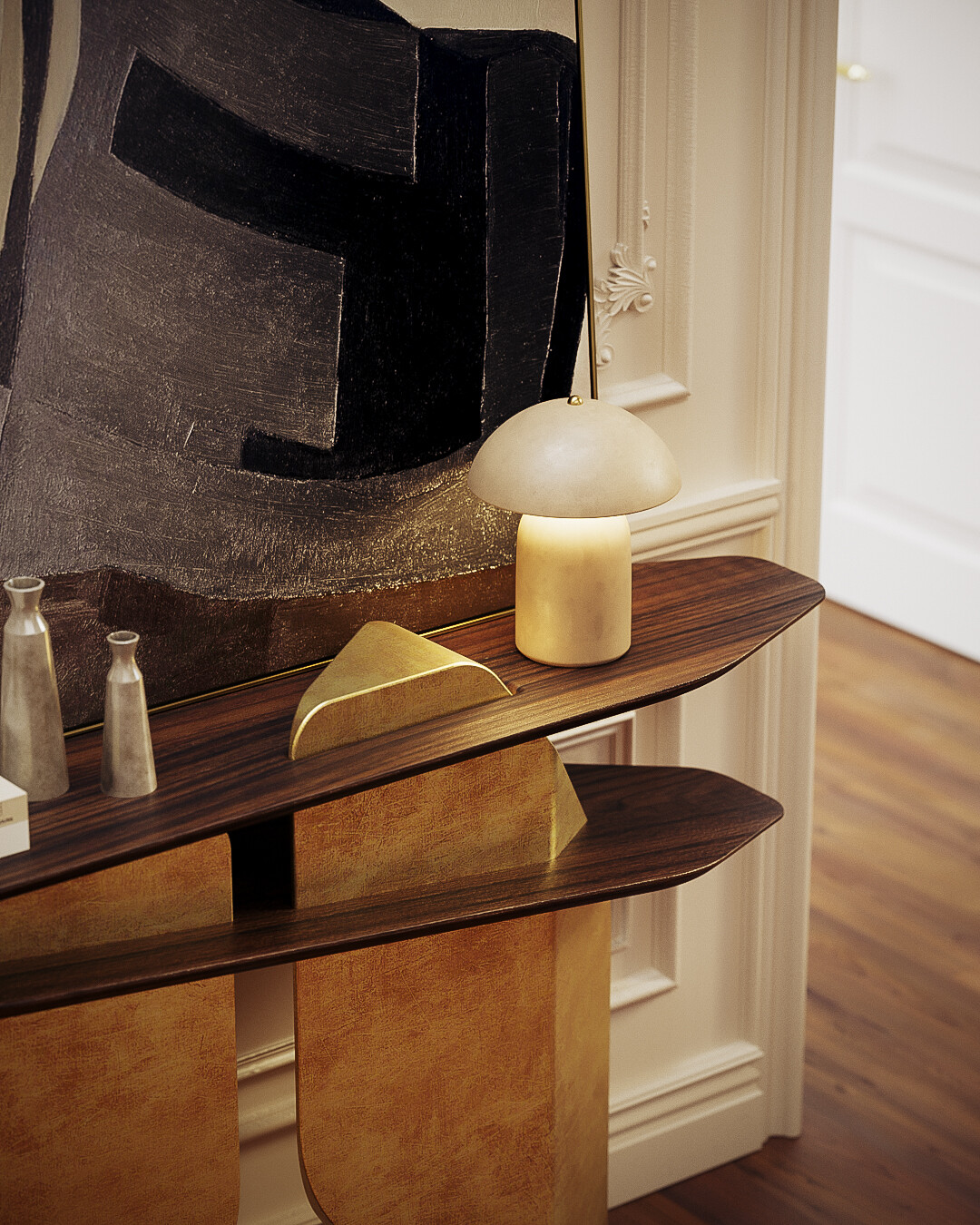
Reinterpreting classic styles is more than a technique: it's a creative philosophy. Each interior is a living narrative, where tradition and innovation coexist, interact, and enhance each other. A well-designed space not only pleases the eye, but also inspires emotion, tells stories, and creates memories.
For designers, architects, and decorators, the challenge is on: to transform each project into a work that respects the past, connects with the present, and inspires the future.
If you're looking for pieces that tell stories and elevate the narrative of your projects, explore the ALMA de LUCE collection and discover how tradition and modernity can coexist with elegance and purpose.